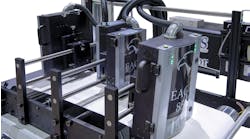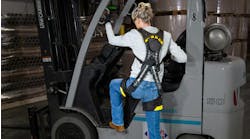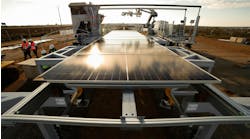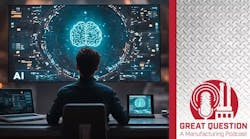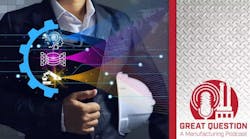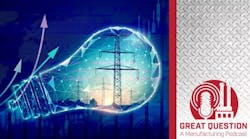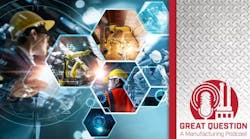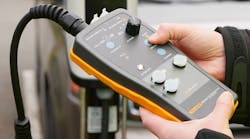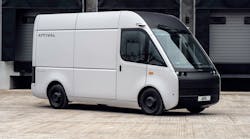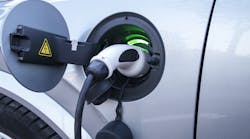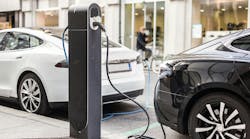At a time when the US is pushing for half of the new cars sold in the country to be battery-powered by the end of the decade, ESI Automotive says that a systems-level approach to EV development is essential to calculating potential gains in vehicle efficiency and build costs required to bring the total cost of the EV powertrain down.
With the Biden administration's intent to invest billions of dollars into charging stations for EVs and introduce point-of-sale rebates for consumers, alleviating cost pressures could be right around the corner. Major automakers are bought in and are committed to ending internal combustion engine (ICE) vehicle production and kickstarting EV manufacturing. However, the country has some work to do: three percent of new cars sold in the United States in the first half of 2021 were electric—a far lower rate than China and Europe—which offer more generous incentives and have stricter auto regulations.
With the current cost of EVs in the US market, it's no wonder that there's a major barrier to EV adoption. A Tesla Model S starts at more than $80,000—which is the high end—and at the low end, a Chevrolet Bolt starts at $31,000—nearly $10,000 more than a larger gasoline-powered sedan like the Chevy Malibu. The only way to ensure greater adoption of EVs is to equal out these price differences.
“By viewing vehicle manufacturing at a systems-level, it is possible to understand where significant savings can be made, which can contribute to lowering the overall resale price of EVs, making them more competitive," says Chris Klok, director of vehicle electrification at ESI Automotive.
“Furthermore, sintering has been proven to improve power-density to the inverter, increasing range and eliminating the need—and cost—of additional battery content.”
According to Klok, the key to automakers being able to identify these efficiency and cost improvements is a more collaborative approach to working with the vehicle supply chain. The formation of technology partnerships can enable OEMs to improve powertrain efficiencies with the assistance, experience, and support of more established technology partners.
